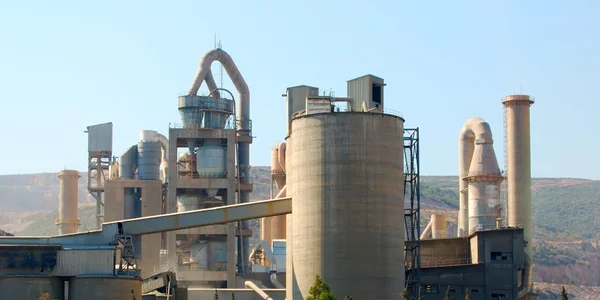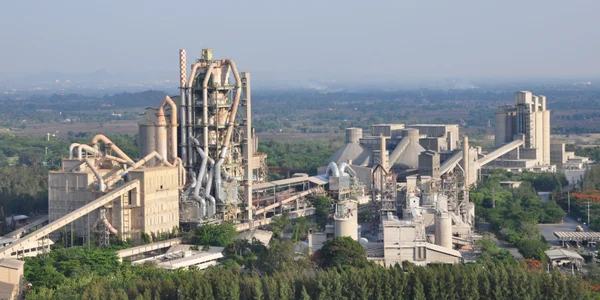Офисы
ГЛАВНЫЙ ОФИС

Германия
- Интенсивный фильтр Himenviro Technologies GmbH
Neustraße 45 - 49, 42553, Фельберт, Германия/Германия - +49 20534200990
РЕГИОНАЛЬНЫЙ ОФИС

Великобритания
- Фильтр Intensiv Himenviro UK Limited
47, Bath Street WS13BX, Уолсолл, Западный Мидлендс, Великобритания - +44 1922 628893
РЕГИОНАЛЬНЫЙ ОФИС

Объединенные Арабские Эмираты
- Интенсивный фильтр Himenviro Technologies FZE – LLC
Бизнес-центр, Sharjah Publishing City Free Zone, Шарджа, ОАЭ - +971-556074697
РЕГИОНАЛЬНЫЙ ОФИС

Индия
- Intensiv-Filter Himenviro Private Limited
D-247/11, Сектор-63, Нойда - 201301, Уттар-Прадеш, Индия - +91-120-4642-500
РЕГИОНАЛЬНЫЙ ОФИС

Индия
- Intensiv-Filter Himenviro Private Limited
D-247/11, Сектор-63, Нойда - 201301, Уттар-Прадеш, Индия - +91-120-4642-500
РЕГИОНАЛЬНЫЙ ОФИС

Индия
- Intensiv-Filter Himenviro Private Limited
D-247/11, Сектор-63, Нойда - 201301, Уттар-Прадеш, Индия - +91-120-4642-500
Решения по фильтрации воздуха и пыли в пищевой промышленности
Пищевая промышленность и производство напитков Это сложная и строго регулируемая отрасль, основанная на точных процессах и строгих гигиенических стандартах. Одним из важнейших аспектов поддержания этих стандартов является эффективное пылеподавления. Такие процессы, как обработка зерна, смешивание, купажирование и упаковка, приводят к образованию мелких частиц пыли, которые могут загрязнять продукцию, представлять опасность для здоровья работников и создавать потенциальную опасность взрыва.
Чтобы решить эти проблемы, мы предлагаем передовые решения для фильтрации Специально разработаны для пищевой промышленности и производства напитков. Наши системы улавливают и удаляют частицы пыли, обеспечивая чистоту продукции, безопасность персонала и соответствие нормативным требованиям.
Процесс фильтрации пыли в пищевой промышленности
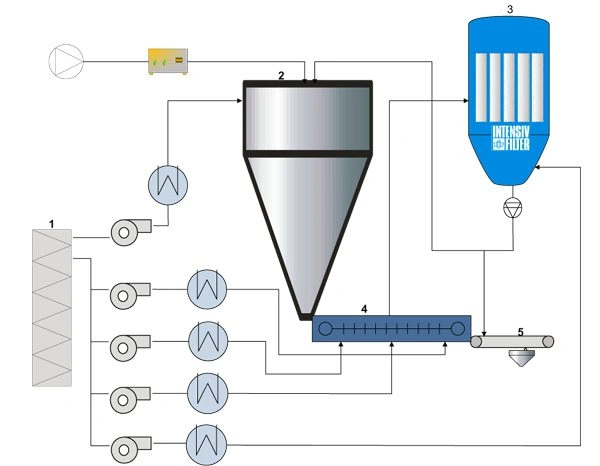
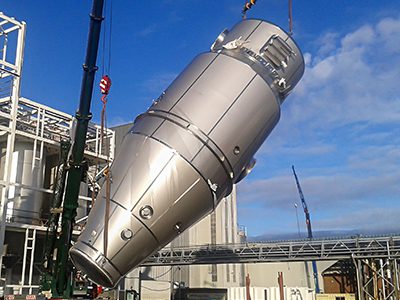
- 1. Внешний фильтр
- 2. Распылительная сушилка
- 3. CIP-фильтр
- 4. Внешний псевдоожиженный слой
- 5. Наполнение
Требуемые характеристики для CIP-фильтра
Типовые проектные данные | CIP-фильтр |
|---|---|
Объем газа | < 230 000 м³/ч |
Температура газа | 80-90 °С |
Тип пыли | Сухие молочные продукты |
Остаточное содержание пыли | < 10 г/м³ |
Содержание пыли в неочищенном газе | 20 мг/м³ |
Уборка | Он-лайн |
Фильтрующий материал | Полиэстер |
Взрывобезопасная конструкция | Да |
Сорбент |
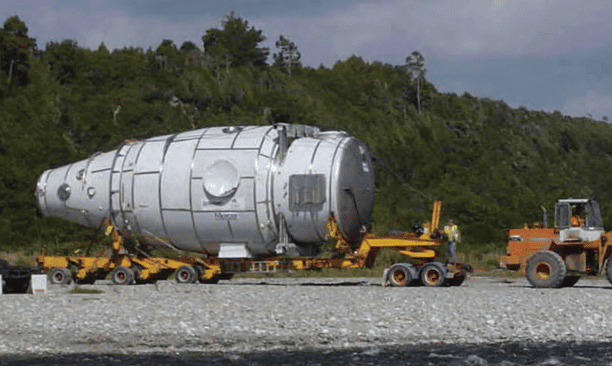
Применение нашей продукции в пищевой промышленности

Улавливают пыль, образующуюся при транспортировке сыпучих материалов, таких как зерно, порошки и хлопья.
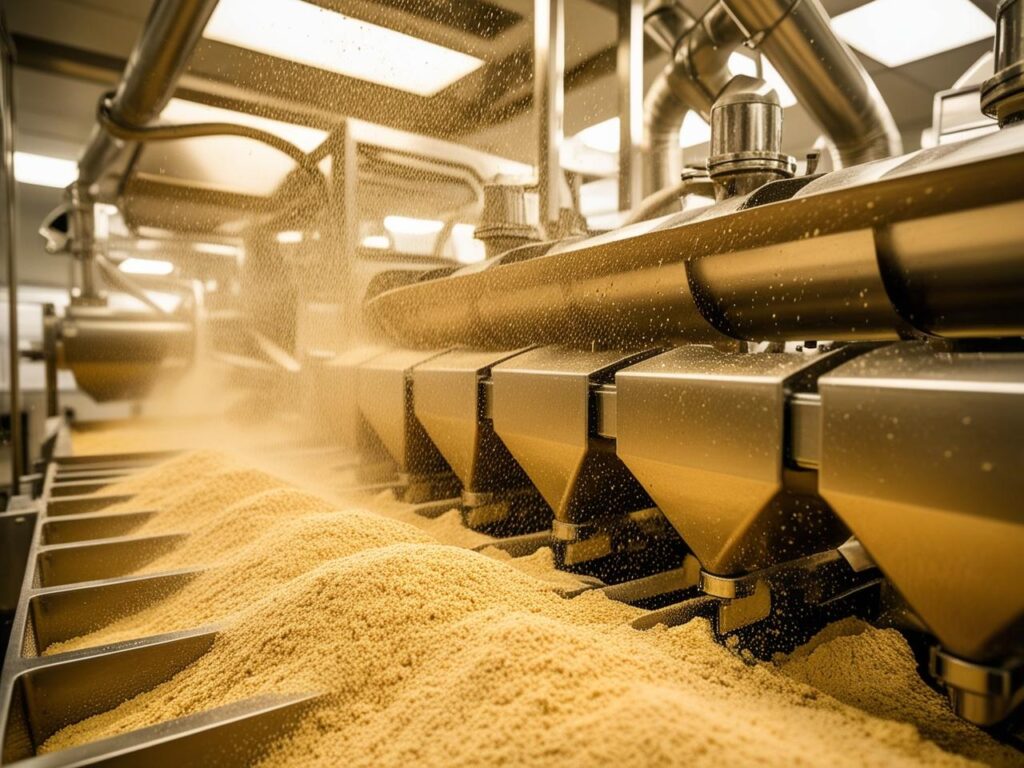
Контролируйте выбросы пыли в результате энергоемких процессов, таких как измельчение, помол и измельчение.
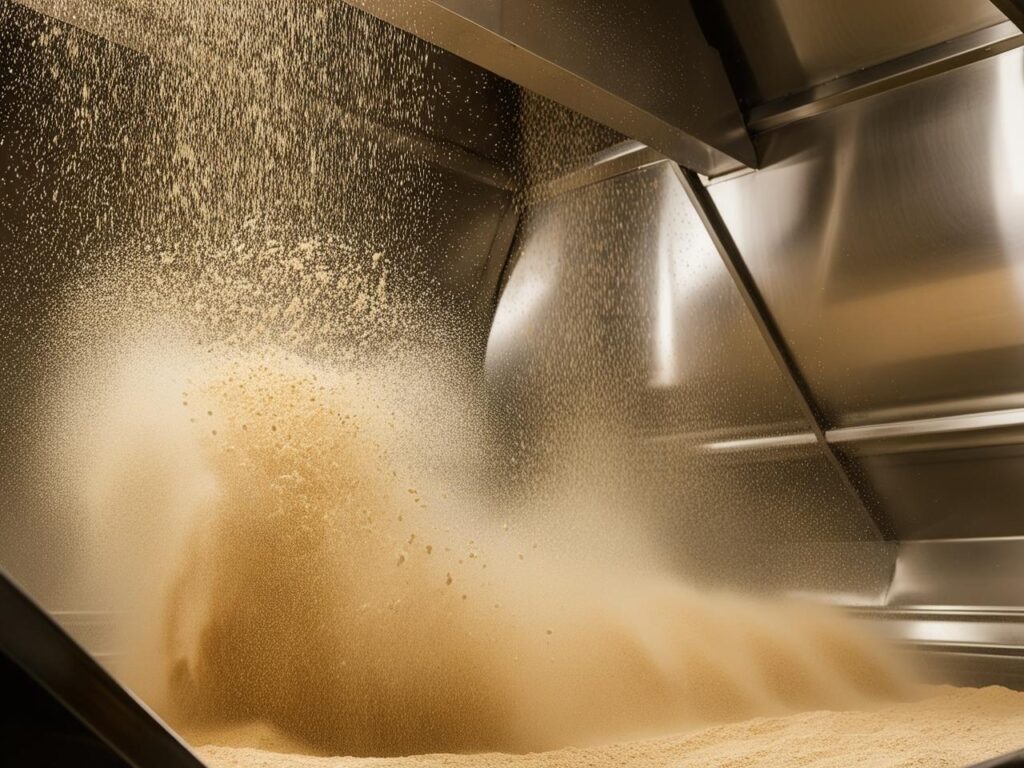
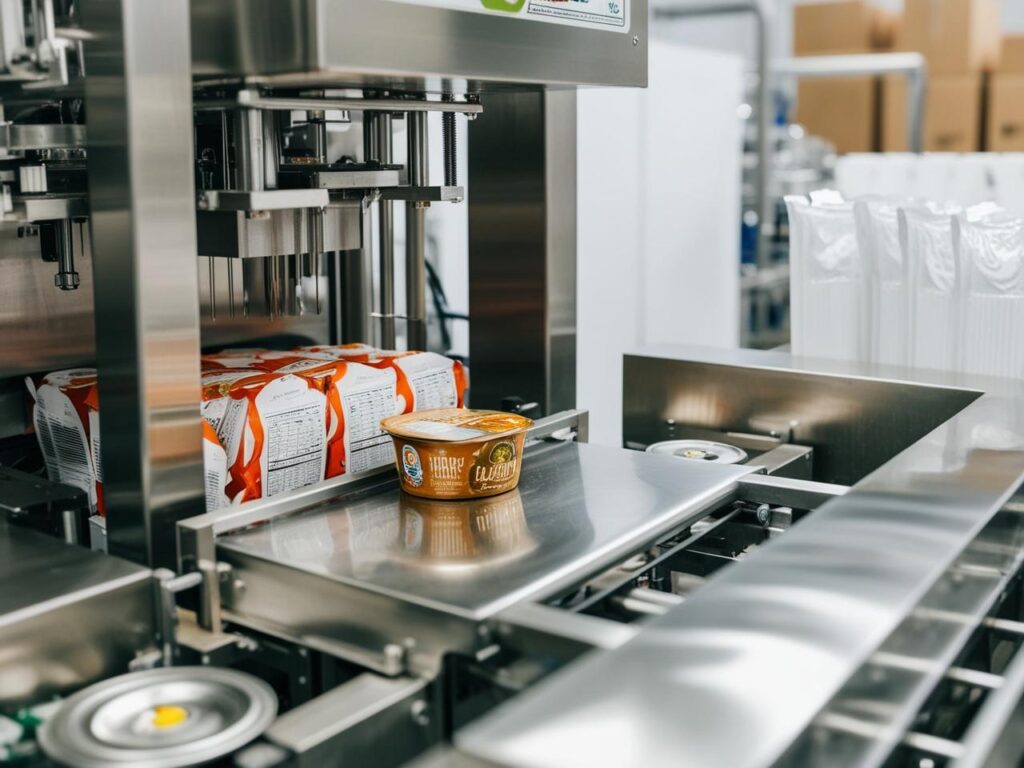
Нормативно-правовая база по борьбе с пылью |
|---|
Правила безопасности пищевых продуктов |
Соблюдение стандартов FDA и USDA |
Охрана труда и техника безопасности |
Соблюдение правил OSHA |
Предотвращение пожаров и взрывов |
Внедрение стандартов NFPA |
Защита окружающей среды |
Качество и постоянство продукции |
Сокращение времени простоя и затрат на техническое обслуживание |
Проблемы борьбы с пылью |
|---|
Загрязнение продукта |
Риски для здоровья работников |
Опасности пожара и взрыва |
Соблюдение нормативных требований |
Перекрестное загрязнение |
Рост микроорганизмов |
Соблюдение строгих норм безопасности пищевых продуктов |
Снижение качества продукции |
Повреждение оборудования |
Ключевые моменты эффективного контроля пыли |
|---|
Внедрить эффективное улавливание пыли |
Обеспечить надлежащий поток воздуха и давление |
Сухие молочные продукты |
Используйте высокоэффективные системы фильтрации |
Регулярное техническое обслуживание и осмотр |
Соблюдайте отраслевые стандарты |
Регулярно оценивайте систему пылеподавления |
Конкретные соображения по процессу |
Оценка и снижение рисков |
Свяжитесь с нами для консультации эксперта
Ознакомьтесь с нашими другими услугами!
Часто задаваемые вопросы
В пищевой промышленности распространённые системы фильтрации включают мембранные фильтры (такие как микрофильтрация, ультрафильтрация, нанофильтрация и обратный осмос), глубинные фильтры, фильтры с активированным углем и системы ультрафиолетового (УФ) облучения. Эти технологии используются для удаления физических, химических и биологических загрязнений, обеспечивая чистоту и безопасность продукта.
Системы фильтрации обеспечивают соблюдение стандартов безопасности пищевых продуктов, эффективно удаляя загрязняющие вещества, включая микроорганизмы, твердые частицы и остатки химических веществ, из сырья и продуктов. Этот процесс очистки способствует соблюдению нормативных требований и поддержанию высоких стандартов качества готовых пищевых продуктов.
Системы фильтрации поддерживают качество и однородность продукции, удаляя нежелательные частицы, микроорганизмы и другие загрязнители из ингредиентов и готовой продукции. Это гарантирует соответствие каждой партии требуемым стандартам чистоты и качества, обеспечивая единообразие вкуса, внешнего вида и безопасности всей продукции.


